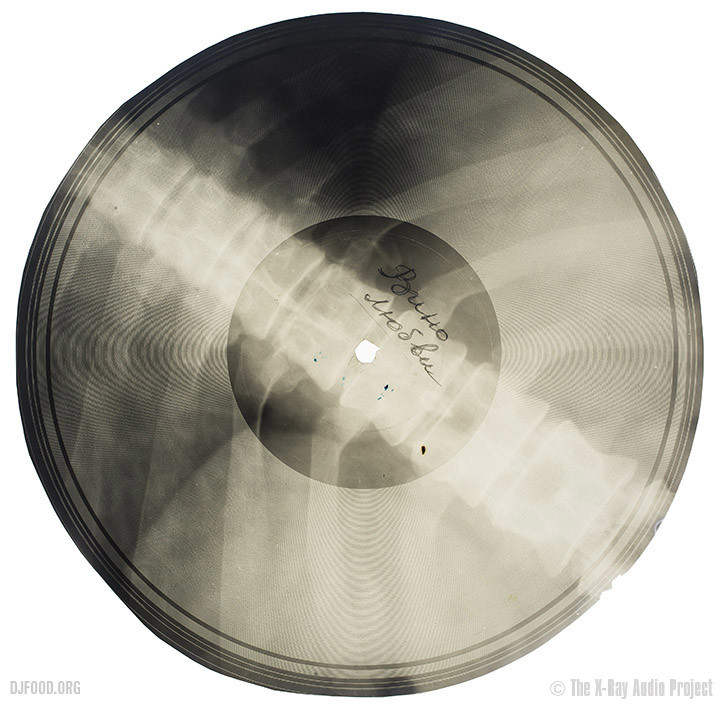Bone Music: The Secret Soviet X-Ray Vinyl Records That Rocked the Cold War
"Imagine the soft crackle as the needle drops onto a spinning disc, the warm, rich tones filling the room as music comes to life. Now, picture that same experience, but with a twist - the record is translucent, and you can see the ghostly image of a ribcage or a skull beneath the grooves. Welcome to the world of 'bone music,' where the spirit of rock and roll meets Cold War ingenuity in the most unexpected way."
"Bone music, also known as 'ribs' or 'music on ribs,' was a phenomenon born in the Soviet Union during the 1950s and 1960s. It refers to bootleg records etched onto discarded X-ray films, a creative solution to the strict censorship of Western music during that era."

Bone Music: Underground Rebellion:
"In the post-World War II Soviet Union, Western music, especially rock and roll, was seen as a corrupting influence and was largely banned. But the human spirit, much like rock and roll itself, is rebellious by nature. Underground music lovers and bootleggers found an ingenious way to spread forbidden tunes - by pressing them onto discarded X-ray films from hospitals and clinics.
These bootleggers, known as 'stilyagi' (style hunters), would obtain these films and use homemade recording machines to etch the grooves of vinyl records onto them. The result was a flexible disc that could play on a standard turntable, albeit with lower quality and durability than commercial records.
The X-ray sheets, with their eerie images of bones and organs, gave rise to colorful nicknames like 'ribs' or 'bone music.' But more than just a clever recycling technique, bone music became a powerful symbol of resistance against cultural oppression.
Distributing or owning these records was illegal and risky. Bootleggers faced severe penalties if caught, including prison sentences. Yet, the allure of forbidden music - the raw energy of rock and roll, the smooth sounds of jazz, or the emotive melodies of banned Russian bards - was strong enough for many to take the risk.
Through bone music, Soviet citizens could listen to everything from Elvis Presley and the Beatles to Vladimir Vysotsky and Bulat Okudzhava. Each record was a small act of defiance, a way to connect with global culture despite the Iron Curtain, and a testament to the lengths people will go to for the music they love."











Deixe um comentário